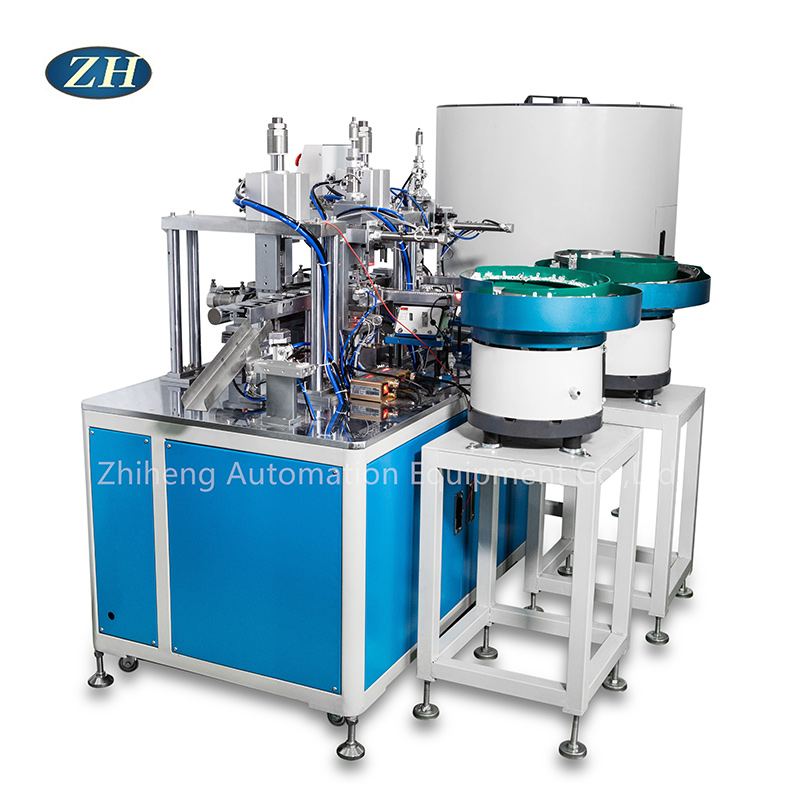Common Types of Automatic Riveting Machine
2023-10-18
Automatic riveting machines are widely used in various industries to automate the process of joining components using rivets. There are several types of automatic riveting machines, each designed for specific applications and requirements. Here are some common types:
1. Pneumatic Riveting Machine: Pneumatic riveting machines use compressed air to drive the riveting process. They are suitable for applications where consistent force and speed are required. These machines are often used in industries like automotive, electronics, and aerospace.
2. Hydraulic Riveting Machine: Hydraulic riveting machines utilize hydraulic pressure to generate the force needed for riveting. They are known for their high force output and are used for heavy-duty applications where a significant amount of force is required, such as in the assembly of heavy machinery.
3. Servo-Driven Riveting Machine: Servo-driven riveting machines use servo motors to control the riveting process with high precision. They offer accurate control over force, speed, and position, making them suitable for applications that require tight tolerances and consistent results.
4. Rotary Riveting Machine: Rotary riveting machines are designed for applications that involve circular or rotating components. They can perform riveting while the workpiece rotates, allowing for efficient joining of parts in various configurations.
5. Semi-Automatic Riveting Machine: While not fully automatic, semi-automatic riveting machines still offer a higher level of automation compared to manual riveting. They may involve manual loading of components but automate the riveting process itself.
6. Multi-Station Riveting Machine: Multi-station riveting machines are equipped with multiple riveting stations, allowing them to perform riveting on multiple components simultaneously. This increases productivity and efficiency in high-volume manufacturing settings.
7. Blind Rivet Setting Machine: Blind rivet setting machines are specifically designed for setting blind rivets, which are fasteners that can be installed from one side of a workpiece. These machines are commonly used in industries where access to both sides of the workpiece is limited.
8. Robotic Riveting System: Robotic riveting systems combine the capabilities of industrial robots with riveting tools. These systems offer flexibility in terms of handling different components and performing complex riveting tasks with programmable precision.
9. Customized Riveting Machines: Depending on the specific requirements of an application, customized automatic riveting machines can be designed and built. These machines are tailored to meet unique assembly needs and can incorporate various types of automation technologies.
10. Self-Piercing Riveting Machine: Self-piercing riveting machines are designed for joining materials that are difficult to weld or that cannot be drilled for conventional riveting. These machines use a self-piercing rivet to join materials like aluminum and high-strength steel.
The choice of automatic riveting machine depends on factors such as the type of components being joined, production volume, required precision, and the specific industry requirements. Manufacturers often select the appropriate type of machine to optimize productivity, consistency, and cost-effectiveness in their assembly processes.



